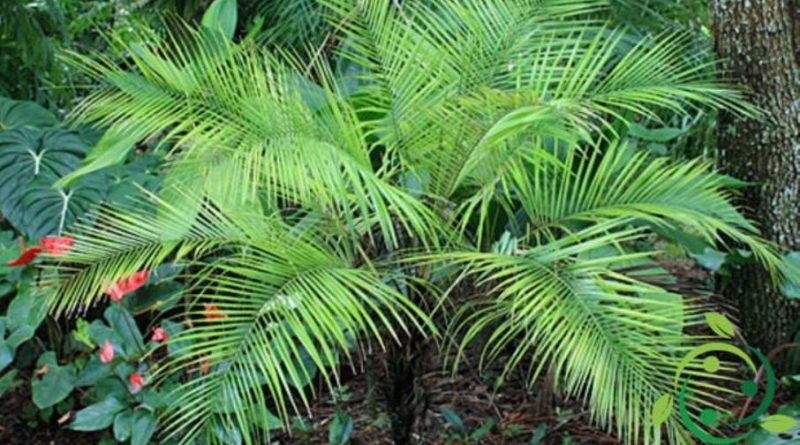How to grow dwarf coconut palm
How to grow dwarf coconut palm
The dwarf coconut palm (Lytocaryum weddellianum (H.Wendl.) Toledo, 1944) is a small palm, native to the southeastern area of the rainforests of Brazil.
In this card we will see how to grow dwarf coconut palm, adopting the most suitable agronomic technique.
This plant is characterized by a stem 1–5 m long, with shiny, pinnate, slightly arched leaves, with leaflets of bright green color, arranged like a fishbone, starting from the short and thick base, with the peduncle and the rachis covered with flakes or blackish-brown hair.
It produces ellipsoid fruits, 2 cm long, brown when ripe.
Very ornamental palm due to the elegance and delicacy of the foliage, it is suitable for tropical and humid subtropical climates in a shady position; its cultivation can be tried in areas with a warm temperate climate, avoiding heavy and alkaline soils, in a sheltered, shady and humid position, resisting, for a very short period, at temperatures around -2, -3 ° C. From the end of the 800 it is cultivated in a vase for interior decoration.
For growing in pots, remember that this plant can reach a maximum size of around one meter in height. It is also a slow-growing plant that requires warm environments, with temperatures between 18 and 27 ° C and filtered sunlight, never direct and good environmental humidity.
For the preparation of the pot, which must be of medium size, a soil rich in humus must be prepared, with a percentage of silica sand of 30-40% and a layer of a few cm of perlite or gravel on the bottom of the same. large to favor the draining of excess water.
In pot cultivation this small palm is fertilized almost monthly, with liquid fertilizer for green plants. The period of fertilization must go from the beginning of spring which corresponds to the vegetative restart until late summer. The watering must be regular, especially in the period from spring to the end of autumn and more spaced in winter. Always check the humidity of the soil to get an idea of the real need.
This plant, being of tropical origin and therefore used to humidity of its very high habitat, needs regular spraying almost daily with deionized water.
Repotting should be done every two years, slightly increasing the size of the pot and using the same soil and drainage criteria adopted previously.
If you want to propagate the plant in the apartment you can proceed by sowing with purchase of the same even in specialized shops or online.
Among the adversities we remember above all the control of the temperature that should never fall below 16 ° C, which could seriously damage the plant.
Even dry environments, such as apartments heated in winter, cause brown spots on the leaves, followed by desiccation.
As for the possible infestations of mites or insects, we highlight above all those of the red spider, which attacks the epigeal parts of the plant in environments with a hot-dry atmosphere and those of the cochineal, which form thick incrustations of brownish oval badges on the young leaves. In the latter case, the nitrogen concentration of the fertilizer used must be reduced and soap with Marseille soap washed.

